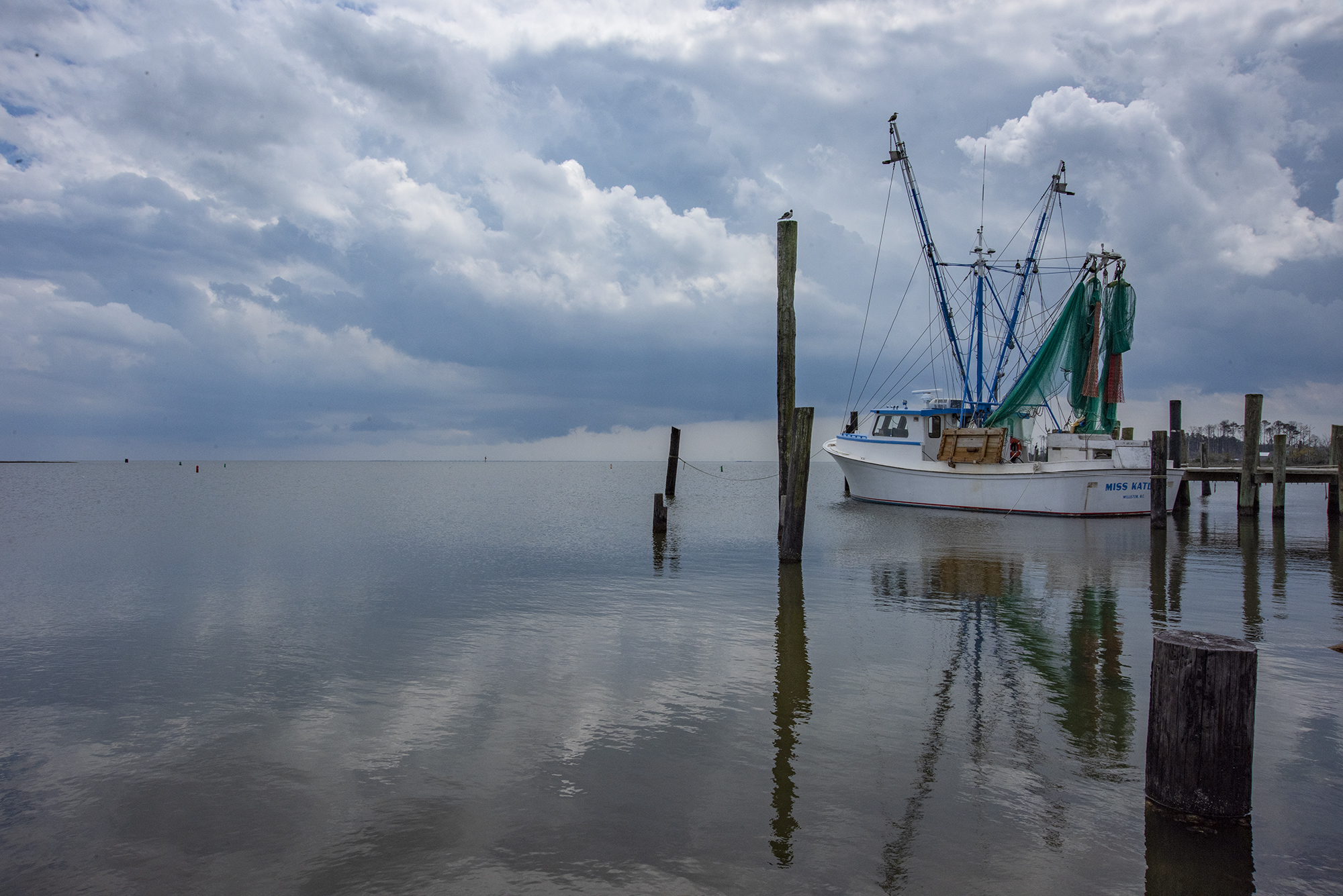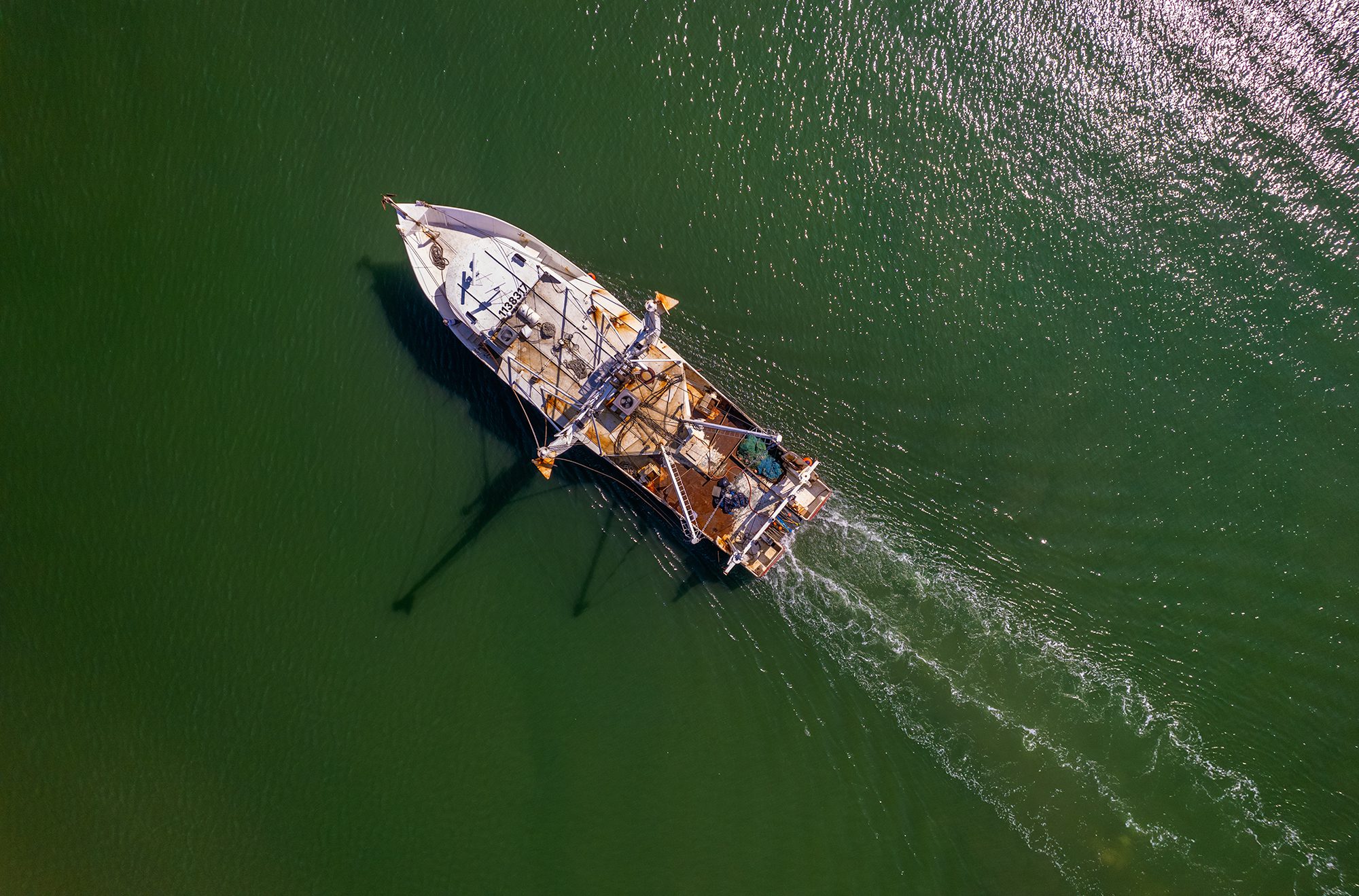
The lower Cape Fear River is closer to being stripped of its current “swamp waters” classification, putting to an end years of debate over the official status of a main drinking water source for tens of thousands of people living in the Cape Fear region.
The public on Tuesday will get a chance to share their thoughts on reclassifying the river during an online hearing hosted by the North Carolina Division of Water Resources.
Supporter Spotlight
The virtual public hearing will begin at 6 p.m. The WebEx link to join the meeting is https://tinyurl.com/yxo91csz and the password is bpKhm8bjP32. To join the meeting by phone, call 1-415-655-0003. The WebEx access code is 161 082 1972. Participants may join the meeting 15 minutes before the meeting starts. Register to speak during the public hearing by noon Tuesday at https://tinyurl.com/y6g9hf7a.
After the public comment period on the proposed reclassification ends Nov. 2, the proposal will be presented to the North Carolina Environmental Management Commission, or EMC, for approval early next year, according to Robert Johnson, public information officer with the state Department of Environmental Quality’s Division of Energy, Mineral, and Land Resources.
“For any rulemaking involving classifications, once the EMC approves the proposal, then the proposal must get approved by the RRC (Rules Review Commission), followed by the (Environmental Protection Agency),” Johnson said in an email responding to questions. “EPA requires that water quality standards, including classifications, that are adopted by states must be approved by EPA.”
The hearing comes more than a year after the EMC granted a petition from Cape Fear River Watch and Waterkeeper Alliance to remove the swamp classification from almost 79,000 acres of river in New Hanover and Brunswick counties that runs upstream of Toomers Creek to a line across the river between Lilliput Creek and Snows Cut.
The Lower Cape Fear River Program Advisory Board in 2014 pushed for the swamp classification, saying the previous two decades-long designation of “SC” could no longer be met because natural drainage into the river lowered dissolved oxygen levels.
Supporter Spotlight
“SC” waters are tidal salt waters protected for recreation activities such as fishing, boating and other activities that involve minimal skin contact; fish and noncommercial shellfish consumption; aquatic life propagation and survival; and wildlife, according to DEQ.
Environmental groups have fought the swamp water classification, arguing the status was a way around tighter environmental regulation that conditions in the river required.
Their efforts to get the swamp classification dropped got a major boost in 2018, when, after an official review, the EPA ruled the state had failed to prove the classification was the result of natural conditions.
Division of Water Resources officials last year responded by setting course to develop a new management plan for the Lower Cape Fear River Basin, a move approved by the EMC.
Proponents of the change say the development of a new management plan is an opportunity to address problems in the river basin caused by nonpoint pollution sources, mainly large-scale animal operations.
According to the state, there are eight National Pollutant Discharge Elimination System, or NPDES, permitted wastewater discharges within this section of the lower Cape Fear.
There are no known planned new NPDES wastewater discharges and no plans for expansions of existing NPDES discharges in the lower Cape Fear River, according to DEQ.
Under the federal Clean Water Act, anyone who discharges pollutants through a point source, such as a pipe, ditch, channel, tunnel, conduit or container, has to obtain a NPDES permit.
These permits establish limits on what can be discharged, monitoring and reporting requirements, and other provisions to safeguard water quality and human health.
Agricultural stormwater discharges and return flows from irrigated agriculture are not, by law, identified as point sources, according to the EPA.
This portion of the lower Cape Fear River and its adjacent waters host several tidal water species, including the endangered shortnose sturgeon and Atlantic sturgeon, and striped bass.
These waters are also designated primary nursery area by the state Marine Fisheries Commission.
State officials have indicated there will not be regulatory or economic impacts by removing the classification.
The state’s proposed effective date for the reclassification is July 1 of next year.
Public comments will be accepted through Nov. 2 by email to elizabeth.kountis@ncdenr.gov or mail to Elizabeth Kountis, DEQ-Division of Water Resources Planning Section, 1611 Mail Service Center, Raleigh, N.C. 27699-1611.







